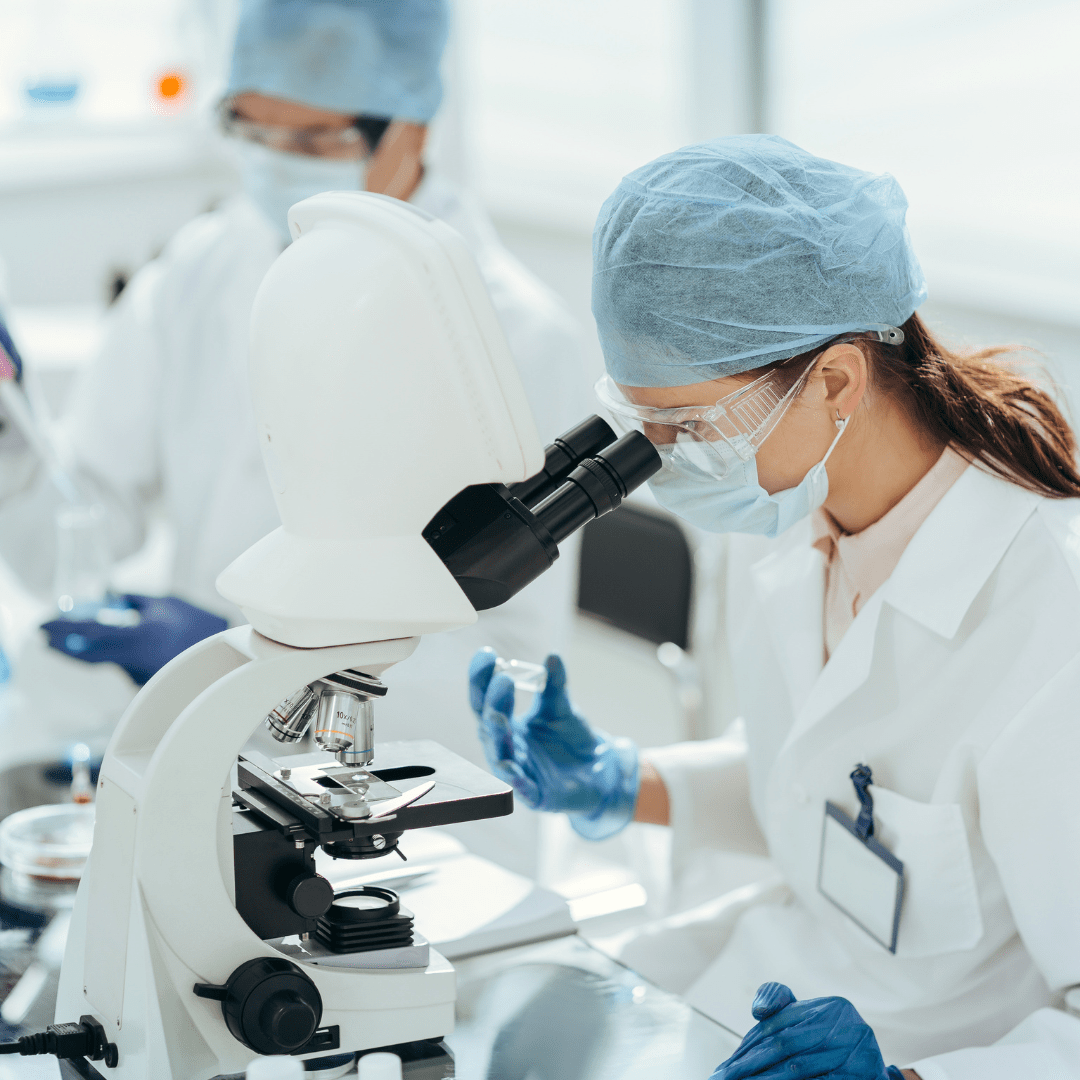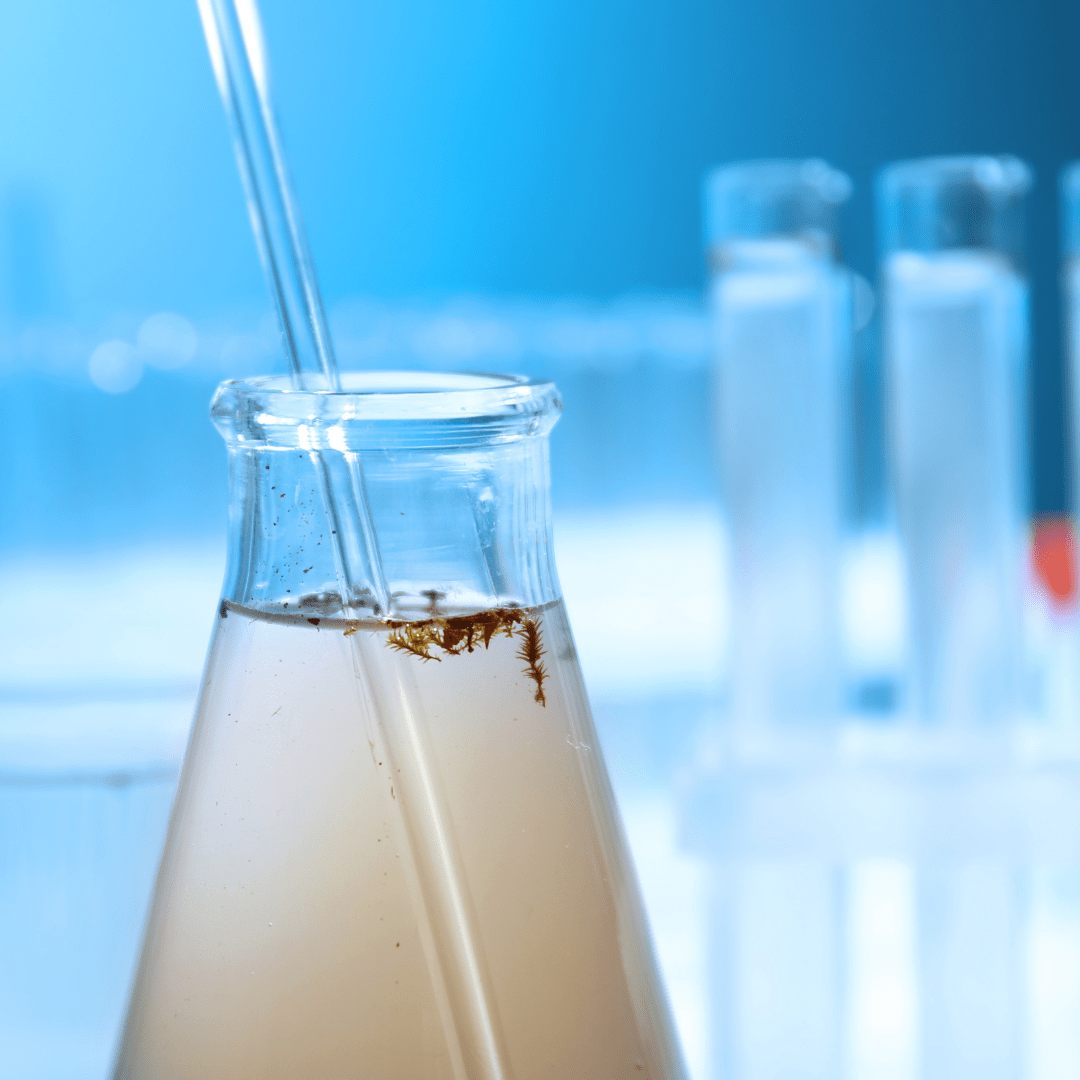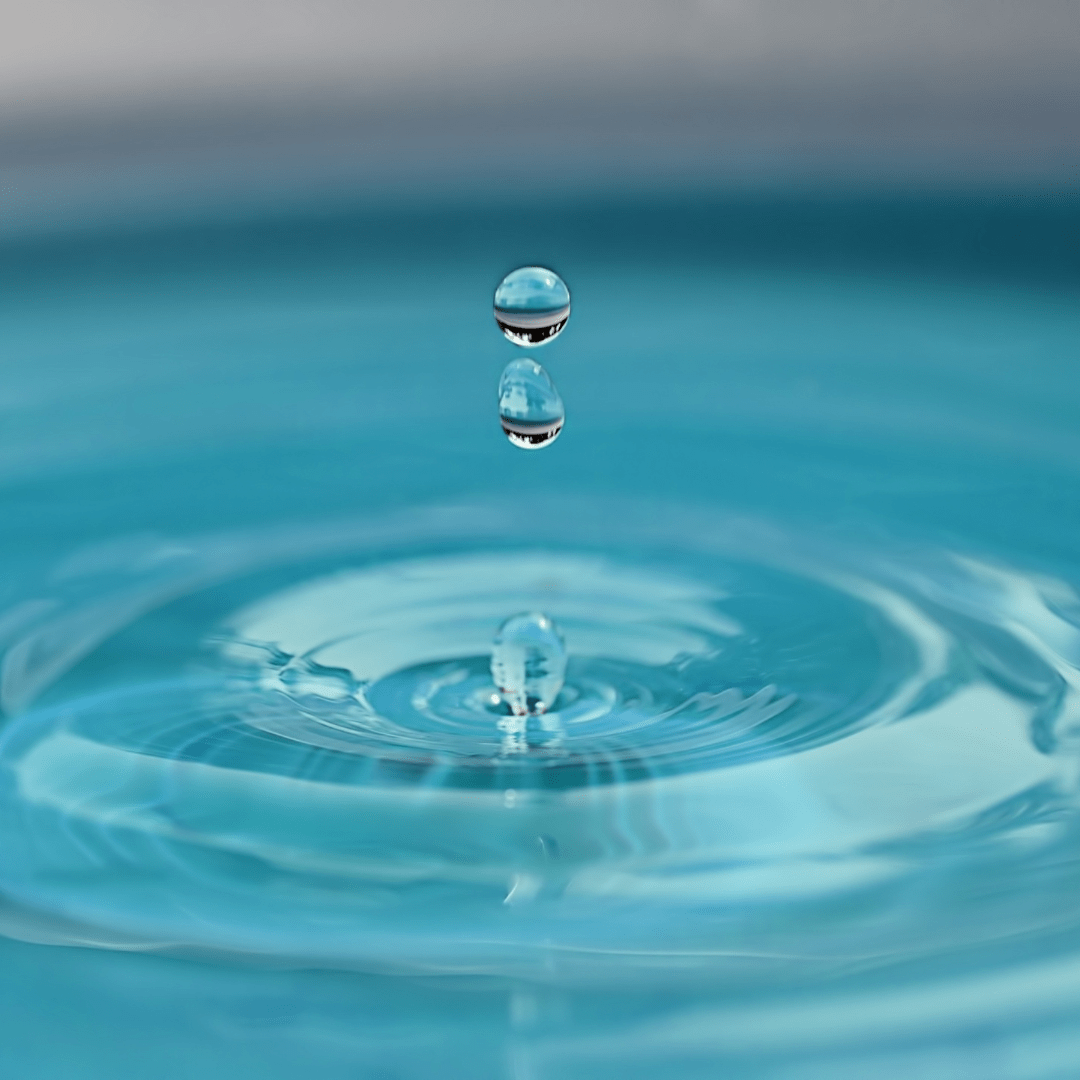Reasons Why Laboratories Rely on Water Purification Systems

Laboratory Water Purification System enables to obtain the right purity of the water to conduct lab experiments. All you need to set the purity standard in Laboratory Water Purification System before setting up research work. Laboratories Water Purification System removes impurities such as Bacterial Cells, Microorganisms, Colloids, Ions, Organic Compounds, Particulates, Pyrogens, Microorganisms, and Dissolved gases. The strategy is to enhance the quality and purification of water are critical to conducting successful experiments in the Lab. Therefore, Laboratory water purification systems are a must for research work.
Laboratory Water Purification System enables to obtain the right purity of the water to conduct lab experiments. All you need to set the purity standard in Laboratory Water Purification System before setting up research work. Laboratories Water Purification System removes impurities such as Bacterial Cells, Microorganisms, Colloids, Ions, Organic Compounds, Particulates, Pyrogens, Microorganisms, and Dissolved gases. The strategy is to enhance the quality and purification of water are critical to conducting successful experiments in the Lab. Therefore, Laboratory water purification systems are a must for research work.
Water Purification System specializes in:
R&D department: For researching the vast range of applications performed on most critical molecular biology and cell culture techniques. Also, ensure safe, and sustainable water for different laboratories, spanning basic glassware washing and rinsing.
Clinical & Biotechnology: Many clinical processes and diagnostics are carried out in the labs with the help of pure water. Therefore, it highlights the importance of using extremely pure water to obtain valid and reliable chemical test results. Pure water is usually used for experiments ranging from small sample solutions to large DNA tests and cycles.
Pharmaceutical: Active Pharmaceutical Ingredients and other related excipients are rigorously tested with pure water in search of any kind of impurity. It outlines the international standards and regulations required for these applications.
Testing labs & Centers: These help with the diagnosis process easy for scientists and researchers. The ability of pure water to dissolve small biomolecules makes it more approachable for lab experiments.

Industrial Purpose: From healthcare industries to food and beverages industries all benefits from Water Purification Systems, as the quality of the water plays an important role in many production processes.
How Water Impurities Invalidate Lab Experiments
Usually, drinking water supplies may contain many substances in solutions or suspensions. Many of these impurities can affect the scientific application used when interacting with other substances in experiments. These substances or colloidal particles can interfere with the operation research study. Even at trace levels during experiments, inorganic ions may affect both organic and biochemical reactions by acting as a catalyst.Microorganisms Bacteria are the main microorganisms that contaminate natural water. It interferes with laboratory experiments either directly or through their by-products, such as pyrogens, alkaline phosphatase, or nucleases. Even slight contamination present in water used to prepare liquid chromatography eluents can cause baseline instability, decrease sensitivity and resolution and also reduce the column lifetime.
Dissolved gases such as nitrogen, oxygen, and carbon dioxide can affect specific biochemical reactions; also, in applications when water is used in open containers, it will rapidly re-equilibrate with gases in the air. The gas bubbles are detrimental to the whole process such as particle counting or spectrophotometer measures.

However, every laboratory requires certain technologies and principles seeking the Right Water Purification System. It consists of different types of pure water divided into Type I, Type II, and Type III.These distinguished types of water are required to have their respective purposes in a research lab.
When selecting the right Water Purification System, several applications need to be considered:
| Water Quality | Refers to | Typical Applications |
| Type I | This grade is referred to as ultra-pure, with minimal interference used for most water-critical and analytical applications. | Molecular biology techniques, Spectrophotometry, Immunochemistry, Microbiology, Clinical Chemistry, Electrochemistry, HPLC, Molecular biology, and Atomic Adsorption Spectroscopy |
| Type II | This grade is for general laboratory applications requiring higher inorganic purity standards | Water analysis, Clinical analyzer feed, Feed to ultrapure water systems, Electrophysiology, Flame Atomic Adsorption Spectrophotometry, Glassware washing/rinsing, Histology, Spectrophotometry, General Chemistry, Microbiological analysis, Radioimmunoassay, Enzyme-Linked Immunosorbent Assay, Sample Dilution, reagent preparation, Buffer, and media preparation |
| Type III | This grade is recommended for non-critical work such as general washing to remove specific contaminants. | Autoclave feed, Hydroponics, Stability Chambers, Steam Generators, Sterilizer feed, and Feed to ultrapure water systems |
The challenges for Water Purification System are to remove the bacteria present in the feedwater and ensure that minimal bacteria are present in the product water. Also, prevent bacteria from entering the system and re-contaminating it and inhibit the growth of bacteria in the Water Purification System through periodic sanitization.
Methods of Water Purification

There are eight common methods used by Water Purification Systems to purify water:
Distillation
Distillation is a process of collecting condensed water after evaporation, ensuring the water is pure and free from impurities and contaminants such as bacteria, germs, salts, and other heavy metals such as lead, mercury, and arsenic. Distilled water is sufficiently pure for a majority of laboratory applications as water has a lower boiling point than other contaminants found in water. However, the distillation process is time-consuming and also eliminates minerals as it requires a heat source for the purification to work. Therefore, other purification methods are used for commercial and industrial water purification systems.
Deionization
Deionization, also known as demineralization of a water purification process, relies on an ion exchange process to eliminate dissolved salts and ionized minerals from water supplies. Ion exchange involves small plastic resin beads that have positive or negative charges, when water is passed through these resin beds of the deionization system, the minerals particles attach to the resin beads correspond with electrical charges. Numerous industries such as Laboratory testing, Pharmaceuticals, and Medical practices, rely on Deionization water purification systems to produce the highest purity possible for their processes and products. Deionization is a quick and cost-effective process and offers the best solution for many industries that uses more than 5o-100 gallons of water each day. However, to maintain the highest purity, replacement or reactivations of resin must be done on a timely basis.
Reverse Osmosis
A Reverse Osmosis (RO Purifier) proves to be one of the best methods of purifying water. It is a membrane separation process that physically removes contaminants from water. The procedure involves the water undergoing high pressure through semipermeable membranes that prevent the passage of various substances depending on their molecular weight. A Reverse Osmosis purifier helps to retain the necessary nutrients while eliminating harmful impurities. It's a proven technology that can achieve high removals of a broad range of contaminants from water. Therefore, Water treatment plants often use reverse osmosis when treating recycled water.
Activated Carbon Filtration
The Activated Carbon Filtration method is a technology based on the adsorption of contaminants onto the surface of a filter. Adsorption soaks up particles like a sponge to water, and organic compounds bond or stick to the surface of a carbon filter. The adsorption efficiency depends on the nature of the activated carbon used, the water composition, and operating parameters. Activated Carbon Filtration is effective in removing certain organic compounds such as chlorine, fluorine, or radon from water. Contaminants are separated from water but not destroyed. However, AC filtration is not capable of removing microbial contaminants, sodium, metals, fluoride, nitrates, and other inorganic contaminants. However, the filter has to be replaced regularly for a more efficient filtration process.
Microporous Filtration
Microporous Filtration is categorized into depth, surface, and screen filters. Depth filters are matted fibers, usually used as prefilters because they are an economical way to remove ≥ 98 % of suspended solids and protect elements downstream from fouling or clogging. Surface filters are made from multiple layers of media, that remove 99.99 % of suspended solids and may be used either as prefilters or clarifying filters. Screen filters also called membrane filters are inherently uniform structures that, retain all particles larger than the precisely controlled pore size on their surface. Surface filters are 100 % efficient at retaining contaminants larger than their pore size. The pore size of the membrane ranges from 0.1 to 1 micron or microns. These filters are porous and allow water to pass through them, removing organic matter, suspended solids, small colloids, bacteria, and turbidity. It’s important to carefully consider the level of water contamination as there are many membrane options to choose from to achieve the intended level of filtration.
Ultrafiltration
The ultrafiltration process is similar to Reverse Osmosis, it allows water force to pass through a semi-permeable membrane. Ultrafiltration filter has a pore size of around 0.01 microns whereas Microporous Filtration has a pore size of around 0.1 microns. When water undergoes the Ultrafiltration process, membrane filtration creates a barrier to separate larger particles and harmful contaminants such as solids, bacteria, viruses, endotoxins, pathogens, organic and inorganic polymeric from clean water. Moreover, this method is used for separating impurities of high molecular weight as it filters particles up to 0.025 microns. Allowing only fresh water and dissolved minerals to pass through. However, Ultrafiltration filters are ineffective in removing low molecular weight ions or molecules like calcium, sulfate, sodium, and magnesium chloride.
Ultraviolet Oxidation
The Ultraviolet Oxidation process oxidizes organic contaminants in water. The process is accelerated by adding an oxidizing agent such as Ozone or hydrogen peroxide to the contaminated water. The contaminated solution is passed through a chamber where it is exposed to intense UV radiation with oxidizing radicals attacking and breaking down contaminants, so they are converted into harmless molecules. The process is simple and short as there are no added chemicals or impairment of taste and smell in the water. It is best for industrial applications. However, handling and storage of hydrogen peroxide require special safety precautions.
Electrodialysis
Electrodialysis is one of the water treatment methods, used for treating very hard water quality. It’s a process that allows water to pass through two electric field gradient plates with opposite electrical charges. Cations are ions that have a positive charge and are attracted to the negative cathode. Anions with a negative charge flow towards the positive anode. In simple words, the metals in the water are attracted to the gradient plate with a negative charge while the non-metals are attracted to the gradient plates with a positive charge. Water is extracted from the relevant compartments and both types of ions are removed from the plates and discarded. Electrodialysis is mostly utilized in pharmaceutical industries, pulp and paper mills, and textile industries. It is widely used for the treatment of wastewater, desalination, and condensate treatment from fertilizer production. However, this method is not useful for non-electrolyte impurities like urea, etc.
Bottom Line To obtain the purest quality of water, the lab’s settings require a laboratory Water Purification Systemto eliminate harmful impurities from the water. The key then is to invest in the right Water Purification System to provide a pure, consistent, and reliable source of water for experimental and industrial use.
Usually, the user gets baffled between Pure and Ultra-Pure water while selecting the right water purification system. Get in touch with our technical experts to find the right Water Purification System based on your industrial and laboratory facility.
After choosing the right Water Purification System, perform regular and preventative maintenance daily, weekly, or monthly, depending upon the usage in laboratory settings.
You May Also Like














